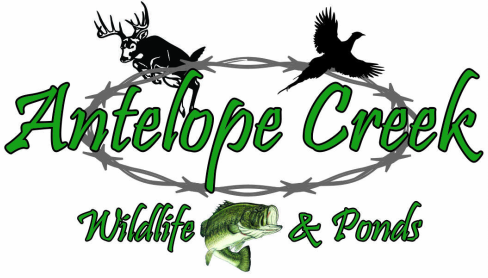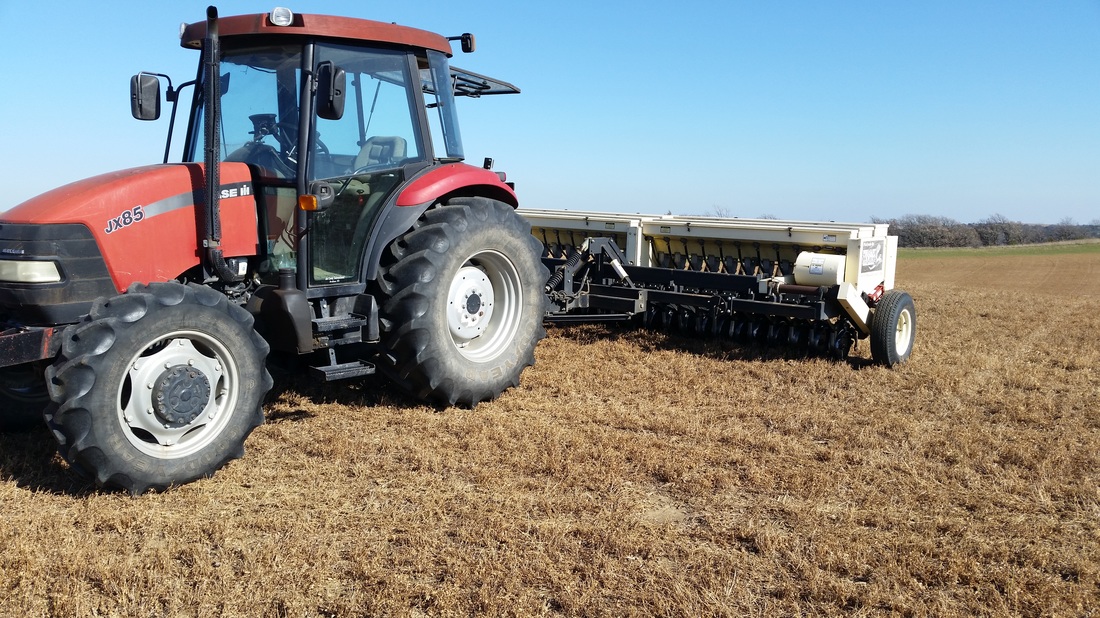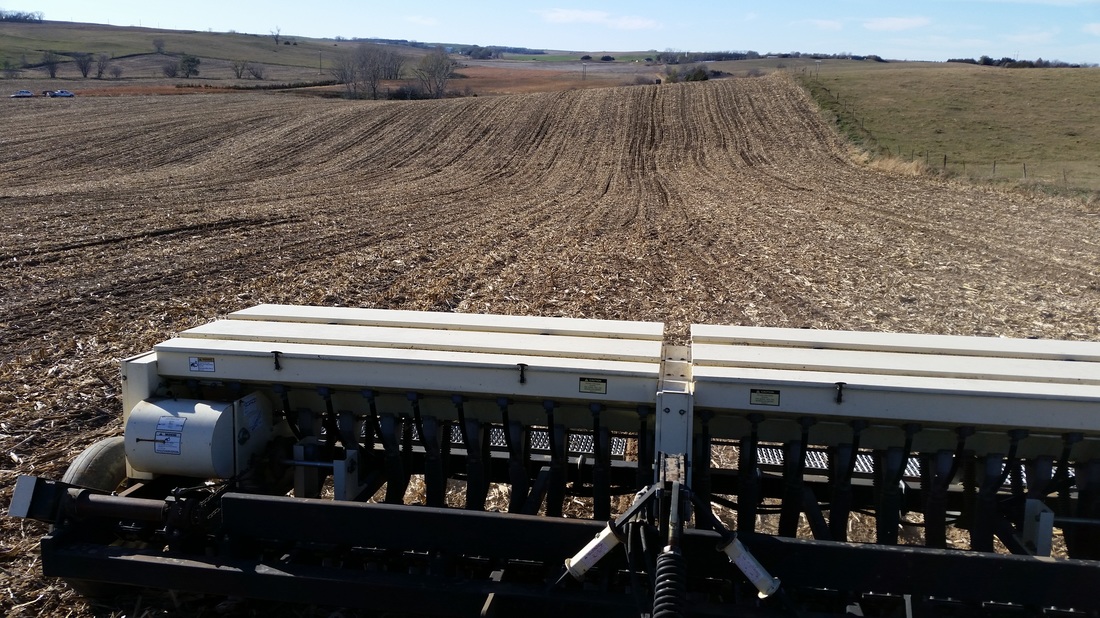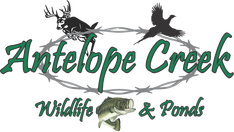Ground temperature is the biggest consideration when looking at doing fall or dormant grass seeding. If one plants too early when the ground temperature is too warm you take the risk of allowing the seed to germinate before winter. If this happens the planting will not work, for it will die through the winter freeze.
Warm season grasses can be planted once the soil temperature goes below 55°F. Cool season mixes you want the temperature to be at or below 50°F. Generally in much of the Midwest this can be around mid to late October. However do not take that for granted, check the soil temperature before planting! This was especially true this fall, as the soil temp was warmer than normal. Use a soil thermometer to double check and assure yourself of the proper soil temperature. Make sure you also check the regulations set be set by county NRCS offices if you are planting a CRP stand. Nebraska and South Dakota, for example, you cannot start seeding before November 1, to abide by the contract.
There are two methods of seeding native grasses. One can either use a drill made for native grass seeding or broadcast the seed. I prefer to use a drill for you get better seed placement. However, make sure you are not seeding deeper than ½”. Drilling is more accurate in calibration and you don’t have to use as much seed. As a general rule, you will have to increase the seeding rate by at least 25% if broadcasting. Broadcasting can be more work, because if done correctly, one should run a cultipacker over it after broadcasting. Although in the case of fall seeding, the freeze and thaw process throughout the winter and into the spring will help work the seed into the soil.
Planting your habitat projects involving native grasses, can be every effective in the fall. Afterall, the fall is when Mother Nature does her reseeding. However, be conscious of the soil temperature to assure optimal success of your planting. You can look up a soil temperature map online for your area or go out and get a soil temp thermometer.
Manage, develop and improve your habitat today for a better tomorrow for your wildlife species.
Brett Kleinschmit



 RSS Feed
RSS Feed
